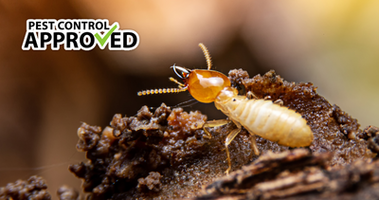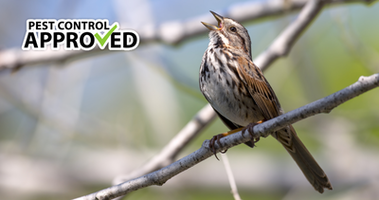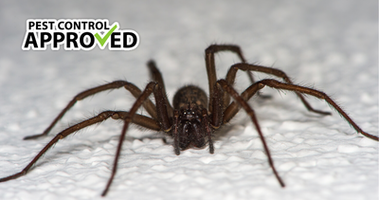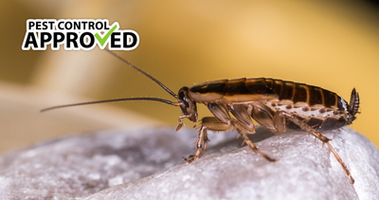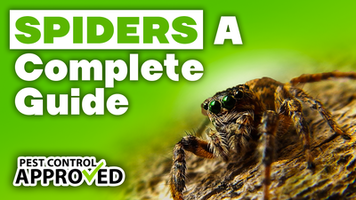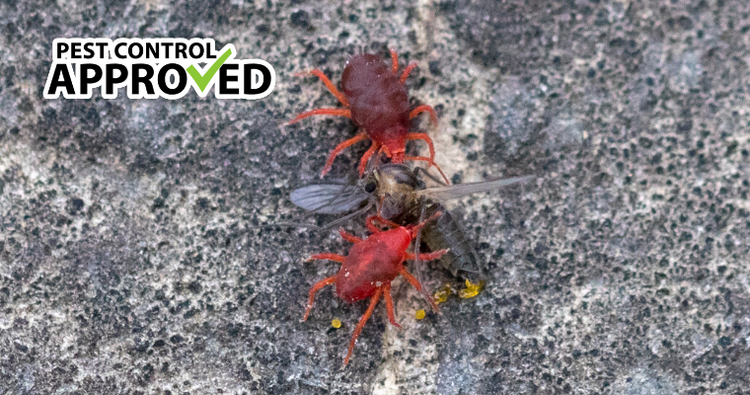
Spider Mites
Spider Mites belong to the Acari order, family Tetranychidae. They’re not insects. They are arachnids. They’re small and barely visible to the unsuspecting eye. There are 1,200 species of this kind. The most popular and common are the Two-spotted spider mite, Carmine spider mite, and Tumid spider mite. They’re all considered pests that wreak havoc in gardens. They can do great damage to the plants in your yard. You can trace where they’ve been feeding since they leave obvious damage: flecking, discoloration, and even scorching.
NAME: Spider Mite, (also known as Two-Spotted Spider Mite, Carmine Spider Mite, Tumid Spider Mite)
LOCATION: Worldwide, with hardwood and conifers as hosts
HABITAT: Hot, dry areas
DIET: Herbivorous
SIZE: 0.4 to 0.5mm max
PREDATORS: Minute pirate bugs, other predatory mites, big-eyed bugs, lady beetles, predatory thrips
LIFE EXPECTANCY: Adults at 30 days max
Size
A spider mite is microscopic in size. It is oval-shaped. They’re like tiny moving dots you see on plants. Egg sizes are at .10 to .15mm. Adults measure at .4 or .5mm long at most. Females are a bit larger and more robust than males. Males are slender and have pointy abdomens.
Appearance
Eggs are tiny and spherical. If you view them from a magnifying glass, these are whitish dots you can see under the webbings of leaves. These eggs will hatch in 4 to 5 days. The larvae will appear larger than eggs. They take on pinkish or light green colors. These have six legs.
Adults have four pairs of legs, with long hairs on each leg. The nymphs look similar to the adults but are smaller. As there are different species, color greatly varies. There are bright red ones like the red spider mite. Others are yellow, green, pinkish, or orange. A two-spotted spider mite has large dark markings on both sides of the body.
The spider mite doesn’t have chewing or sucking mouth parts. They have needle-like stylets that rupture and drink from the leaf saps.
Diet
Spider mites attack various flowers, plants, fruits, and vegetables. These prefer plant leaves. But you’ll see them on beans, eggplants, corn, potatoes, peppers, and tomatoes. They also target currants, strawberries, pear, and raspberries. These thrive in vegetable patches, gardens, and most greenery.
Habitat
Spider mites are found worldwide. You’ll find them growing where there are hosts like conifer and hardwood. You see them in Evergreens. You find them in fruit and vegetable fields and plantations, farms, and gardens.
The Spider mite loves to stay where it’s hot and dry. Count on these to populate during the summer. They attach to hosts easily so they can pop up almost anywhere. They also thrive in controlled areas that are subjected to insecticides.
Why so? Because insecticides kill their predators. And without these natural enemies, there’s no controlling of the pesky little spider mite.
Reproduction
Females lay from 90 to 110 eggs during their lifetime. During winter, females may lay between 30 to 50 eggs in a month. In summer, females can drop between 100 to 150 eggs within 4 to 6 weeks.
Hot and dry conditions prime them up. They reproduce well in the 16 °C to 37°C range. The population can explode in just 2 weeks. They lay more eggs and the success of their development is higher and faster. Adult survival may lengthen in excellent conditions like this.
During winter, their development stages may temporarily pause. Rains decrease the population. High moisture in the environment will slow and limit reproduction, development, and survival.
Predators
Spider mites fall prey to many natural enemies. Their primary nemesis is the predatory mite. Other spider mite killers are predatory beetles, predatory thrips, ladybird beetles, anthocorid bugs, mirid bugs, and predatory flies like the hoverflies.
Farmers and gardeners are thankful for these predators since they do a lot in controlling spider mite infestations especially of the Two-spotted spider mite and the Carmine red spider mite. The use of pesticides will, of course, kill these predators.
Humans can apply predatory skills too. Farmers and gardeners will sometimes apply insecticidal formulations that kill the species. Some intentionally introduce predatory mites. People can also limit the growth and proliferation of these deemed pests by proper moisture or irrigation of their gardens, patches, farms, and plantations.
Life Span
Spider mites generally complete their life cycle in 8 to 12 days. Eggs hatch in 3 to 6 days. Larva and nymphs will develop within 4 to 9 days. The stages of development will vary due to temperature changes. When these become adults, they can only live up to 30 days maximum. A common house spider can normally live for more than a year after reaching adulthood. That is if they haven't been killed by a frightened squeamish human by then. Being placed outside the house though may also drastically shorten their lifespan.


